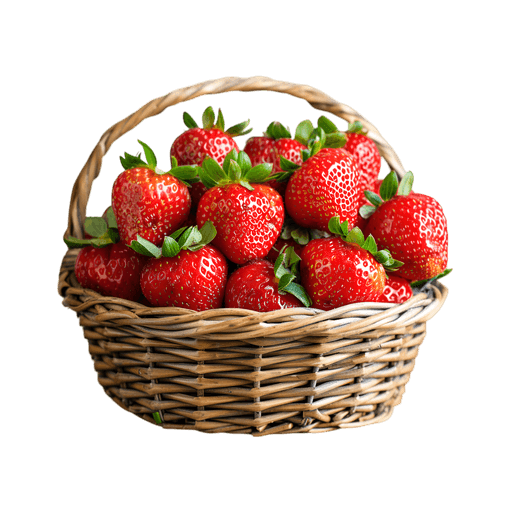Feb 20, 2025
The world's population is steadily climbing, and with it, the demand for food. Some estimates suggest that by 2050, the world will need to increase food production by about 70% to meet the population's caloric needs. Furthermore, the majority will be living in urban areas. Traditional mechanised farming practices can't keep pace due to climate change, limited resources, and deteriorating land and soil quality.
That's why sustainable agriculture has become a necessity worldwide. One technique is indoor farming, particularly hydroponic farming. It's arguably a beacon of hope since it offers a sustainable and efficient way to cultivate crops.
What is hydroponic farming?
While indoor farming isn't a new phenomenon, the relatively recent innovation of hydroponic farming simplifies the process even further by removing unnecessary components of traditional farming. In this method, plants are grown without soil. Instead, they're suspended in a nutrient-rich solution or regularly misted with it. This allows precise control over the nutrients delivered, leading to higher yields and faster growth.
Growing plants without soil isn't new either. Over centuries and decades, it has been a form of cultivation mostly used in labs. Recently, it has become an important way to produce food by using less water, energy, and land. Here are a few reasons why it's seen as the future of sustainable agriculture:
Resilient to climate change: Hydroponics offers a controlled environment to mitigate the impacts of extreme weather, temperature fluctuations, and water scarcity.
Resource efficiency: With precise nutrient delivery, hydroponics excel in resource efficiency. It reduces the need to use more power and water.
Production year-round: Traditional farms are at the mercy of Mother Nature. Hydroponic farms don't have to worry about this since they're in a controlled environment. This allows for year-round production, reducing reliance on seasonal harvests and imports.
Minimised pesticide use: Since hydroponic systems are closed environments, there's a lower risk of pest infestation. This minimises the need for chemical pesticides, resulting in safer foods.
Technological innovations
Over the years, hydroponic innovations have evolved from simple nutrient delivery systems to sophisticated ones incorporating advanced and new-age technologies to monitor and irrigate. Recently, the data and automation revolutions have significantly impacted the world of indoor cultivation. Hydroponic farmers are focusing more on these to manage and grow their yields.
Smart sensors: Integrating sensors and monitoring technologies has revolutionised hydroponic farming. They provide real-time data on environmental and system parameters. Sensors measure nutrient and pH levels, temperature, and humidity. Advancements have led to low-power and wireless sensors to enhance their scalability and efficiency.
Software: Data processing software as a service is an emerging trend in controlled environment agriculture. Companies are developing systems that aggregate data over several farms to determine common trends in issues and provide consumer insights.
Lighting innovations: The development of LED lighting has transformed how they're used in hydroponic farming. LEDs are energy efficient, have long lifespans, and can emit specific wavelengths optimal for plant growth. Modern innovations can be programmed to produce precise light cycles and adjust intensity.
Automation: Before and after the pandemic, labour has been a challenge for growers. Many companies have decided to invest in automation in management and growth. In seeding, harvesting, and packaging, automation reduces the reliance on labour for simple or repetitive tasks.
Perhaps the biggest technological innovation has been Artificial Intelligence (AI). Integrating AI-powered systems into hydroponic farming can increase its efficiency and sustainability.
One of the tools being employed is AI-powered image analysis to track plant growth patterns, identify biological changes, and assess overall health.
An AI software system can work like a brain behind the entire hydroponic farm. It can choose between different types of lighting and turn on a suitable irrigation system.
One of the best uses of AI is in data analytics. AI can analyse historical data on parameters like successful growth cycles and develop machine learning models. These can help predict optimal growing conditions for specific crops.
Cloud-based AI platforms can integrate data from all parts of the hydroponic farm to provide a holistic view, allowing farmers to make data-driven decisions on crop selection, resource allocation, and overall management strategies.
Just the beginning
Technological innovations will only advance as we move further into the 21st century. Since hydroponics offers a path toward a more sustainable food-producing system, technology is already being integrated at a relatively quick pace.
As the industry grows and becomes more competitive and more research is done on technological solutions and systems, hydroponics will gain greater prominence. At Smart Grow Farms, we believe sustainable agriculture and cutting-edge innovations go hand in hand. It's how we can ensure the next generation is well-suited to meet growing food demands.
Get more Insights
Get the latest on health, sustainability, and farming, delivered right to your inbox.


